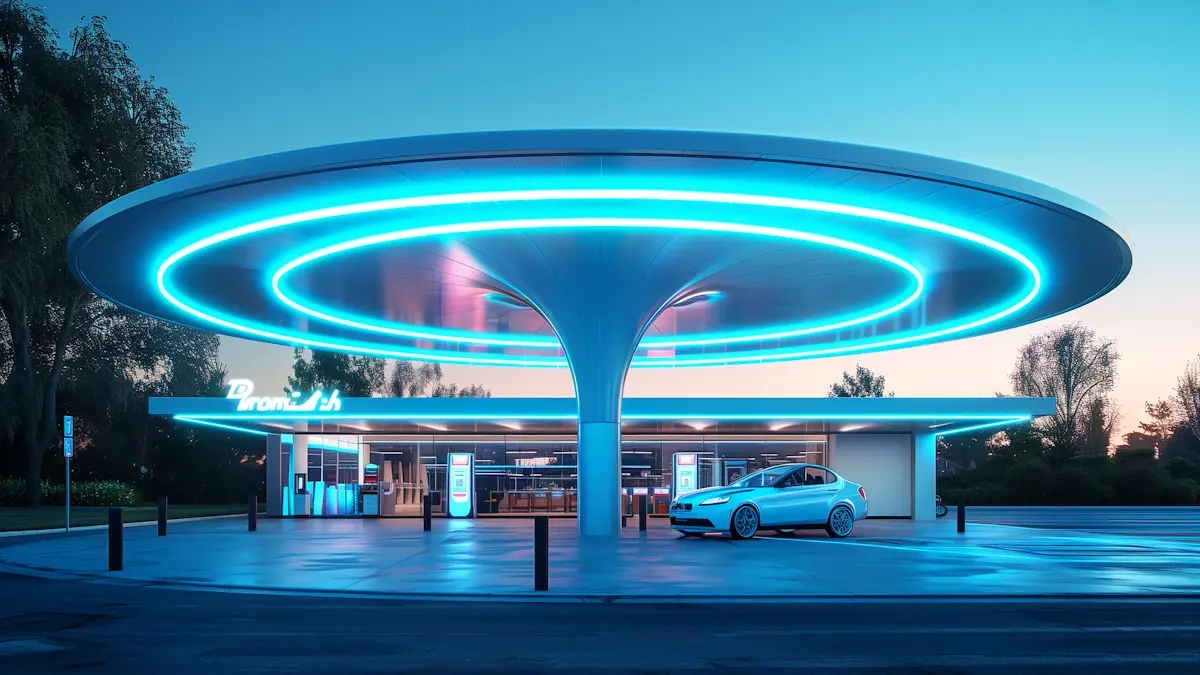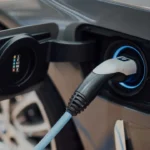What happens when a state decides to completely transform how people charge their electric vehicles? Uttar Pradesh is about to find out with an ambitious new project that will change the landscape of green transportation. According to HindustanTimes, the Yogi Adityanath government has announced plans to install 320 public electric vehicle charging stations across 16 major cities, creating the largest charging network infrastructure project in the state’s history.
Understanding the Partnership Model
This massive project works through something called a Public-Private Partnership, which means the government and private companies work together like teammates in a cricket match. Each player has their specific role to make the project successful. Here’s how this collaboration breaks down:
| Municipal Corporations Role: They provide the land where stations will be built and help connect electricity lines to power the charging equipment. Think of them as providing the foundation and basic utilities. | Private Operators Role: These Charge Point Operators handle everything else – designing the stations, building them, running daily operations, and maintaining the equipment. They’re like the shop owners who manage the business. |
| Government Oversight: The urban transport directorate conducts regular safety inspections to ensure everything works properly and safely for users. | Revenue Sharing: Municipal corporations earn ₹1 for every unit of electricity sold, while private operators can earn extra money through advertisements at their stations. |
The Technology Behind the Stations
Each charging station will be 180 square feet in size and support different types of electric vehicles from two-wheelers to cars. The stations will feature multiple charging technologies that work like different types of phone chargers:
- CCS-2 Standard: This is like a universal fast charger for most modern electric cars. It can charge vehicles quickly, similar to how a fast phone charger works much quicker than a regular one.
- CHAdeMO Technology: This is another fast charging system, primarily used by Japanese car manufacturers. Think of it as a different brand of fast charger that works with specific vehicle types.
- Bharat AC/DC Standards: These are India’s own charging standards, designed specifically for Indian electric vehicles. AC charging is slower but gentler on batteries, while DC charging is faster for quick top-ups.
Strategic Location Planning
The government isn’t randomly placing these stations – there’s a scientific approach behind every location choice. According to Legal Suvidha, the state mandates at least one charging station per 3km x 3km grid, which means no area will be too far from a charging point. This grid system ensures that electric vehicle owners never feel stranded without power.
For highways and major roads, the placement strategy becomes even more systematic. One charging station will be installed every 25 kilometers on both sides of highways, according to Legal Suvidha. This means long-distance travelers can plan their journeys confidently, knowing they’ll find charging facilities regularly along their route.
The Economic Times reports that location selection also considers user convenience. Stations will be placed near markets, restaurants, and high-footfall areas where people naturally spend time. This means you can grab lunch or shop while your vehicle charges, making the experience more practical and less time-consuming.
Meeting Growing Demand
The numbers tell a remarkable story of electric vehicle adoption in Uttar Pradesh. This infrastructure project responds to explosive growth in electric vehicle registrations:
- 2022 Baseline: The state recorded 75,998 electric vehicle registrations, establishing the foundation for growth in this emerging market segment.
- 2023 Surge: Registrations jumped dramatically to 129,466 vehicles, representing a 70% increase according to EMobility+. This massive growth showed that people were ready to embrace electric transportation.
- 2024 Acceleration: The momentum continued with 155,889 registrations, according to HindustanTimes. Autocar Professional reported that total EV sales reached 377,526 units in FY2025, showing a 23% growth from the previous year’s 306,454 units.
How Everyone Benefits
This project creates a win-win situation for all stakeholders involved. Municipal corporations generate steady revenue through the ₹1 per kWh billing share, creating a sustainable income stream for local governments. Private operators can earn profits through charging fees and additional advertisement revenue, making their investment worthwhile.
For electric vehicle owners, this means convenient access to charging infrastructure in strategic locations. The competitive bidding process ensures minimal charging fees for consumers, as The Economic Times reports that private entities are selected based on the lowest service fees quoted in tender applications.
Looking ahead, this infrastructure foundation positions Uttar Pradesh as India’s leading state for electric vehicle adoption. With the government preparing a Comprehensive Electric Mobility Plan with NITI Aayog and Asian Development Bank, according to Invest.UP.gov.in, this charging network will support even greater electric vehicle growth in the coming years.











